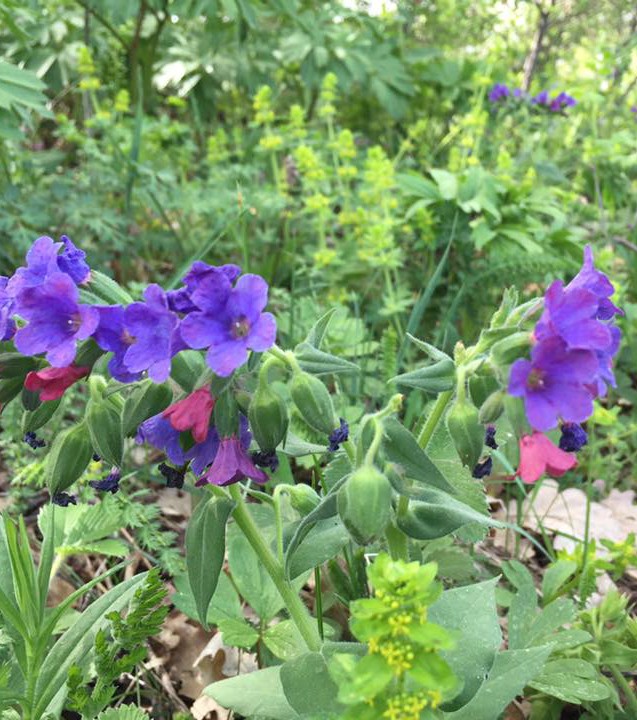
The Brown Thumb Gardener: 6 Tips for Keeping Your Plants Healthy
Most of us these days live super busy lifestyles. Whether you’re a full time mummy or daddy at home, or mixing parenthood with work and trying to find some social time in between; keeping your garden looking good can be the least of your worries. Then there’s a few that suffer from the brown thumb syndrome! The tendency to kill plants no matter how hard you try to keep them looking lush, green and healthy.
It’s nothing to be ashamed of. In the gardening world people are usually divided into green thumbs and brown thumbs. Green thumb people are naturally great at gardening and caring for indoor plants. Brown thumb people on the other hand struggle to keep a thriving garden. If you suffer from a bad case of brown thumb, it doesn’t mean all hope is lost though! Gardening is both a science and an art fuelled with creativity. Here’s a few tips to help you turn over a new leaf.
1. Take on Only What You Can Handle
We’ve all heard of the saying Keep It Simple Stupid and the world of gardening is no different. Taking on more than you can handle is a recipe for disaster. Instead, start off with something simple and take it slowly. It takes time, effort and practice to keep a good garden going. Maybe you will start off with a small herb garden to see (and eat) the fruits of your labour within a few weeks. Or perhaps you’ll invest in some nice indoor plants and to brighten up the space. Rome wasn’t built in a day remember!

2. Select the Right Plants
If you’re choosing the wrong plants – you’re doomed to fail before you really begin! Opt for hardy plants that can handle the brown thumb and thrive well in the location you’re living in. If you’re looking for a plant in doors, choose one that’s designed for the space and don’t require too much maintenance. If you’re starting up a small garden outside, consider the soil you have, shade and sun intake and always opt for easy-to-care greenery. Easy-to-grow outdoor plants include lilacs, succulents and roses. If you’re wanting to start a herb or edible garden opt for basil, mint, rosemary, ginger and cherry tomatoes to start you off.
3. Find it the Perfect Home
Just because a plant is labelled ‘indoor’ or ‘outdoor’, doesn’t mean you can just plonk it anywhere in that space. Some indoor plants still need a sunny window sill, while others will wither and die and many outdoor plants still need ample amount of shade, while others thrive best in full sun. Finding the perfect home for your new plant is the key to giving it the best chance at life. Choose the best permanent spot – moving it around constantly will only shock it. Just like people, plants acclimatise to their environments so changes in light and temperature can unbalance it. Make sure any potted plants have good drainage so the roots don’t drown and prepare the pots with the right soil patted down lightly to eliminate air pockets.

4. Don’t Kill them with Kindness
Plants definitely need love to survive – but don’t kill them with too much of it! Whilst they definitely need water (even the hardiest of succulents) too much of a good thing, including water, can kill. The best way to check if your plant is craving water is to place your finger in the soil at the base of the plant, about 5 cm deep. Take your finger out and if it feels dry, the plant needs water. If there’s damp soil stuck to your finger, there’s no need to water it. It’s very easy to drown plants and over-water is the biggest cause of issues in house plants. Know how much water, shade and sunlight to give your plants and they will be healthy.
5. Deadheading and Cutting
Even the healthiest of plants need to be cut to prepare the plant for new growth. Pinching or cutting of faded or withered blooms and greenery is known as deadheading – and it’s essential. Some flowering plants are self-cleaning, which means they don’t require as much deadheading as others like mini petunias and impatiens. For most though, you will dead to cut the plant back occasionally to be rewarded with new flowers and lush greenery. If you have a plant that blooms, deadheading should be easily encouraged because you can utilise the cuttings on display inside your home.
6. Give them the Right Food
The right amount of water, sun and shine is vital to the survival of all plants. Even the hardiest of succulents need some TLC every now and then! To really bloom and produce pretty flowers or edible goods, plants need good food. There’s a few ways you can feed your plant, depending on what it is and whether it’s an indoor or outdoor plant. Diluted liquid base fertilisers are ideal to attach to a watering can or hose or sprinkle granular for a slow release food source.
With the right tips, gardening kit and a little love, you can easily beat the brown thumb syndrome and be on your way to a proud owner of a healthy plant (or entire garden!)
Author Bio
This article is written by Jayde Ferguson, who writes for Manic Botanic – Perth based florists with a range of hardy indoor plants, succulents and other great arrangements for your home and garden. Can Jayde on Google+.
brown thumb gardener, gardening tips







